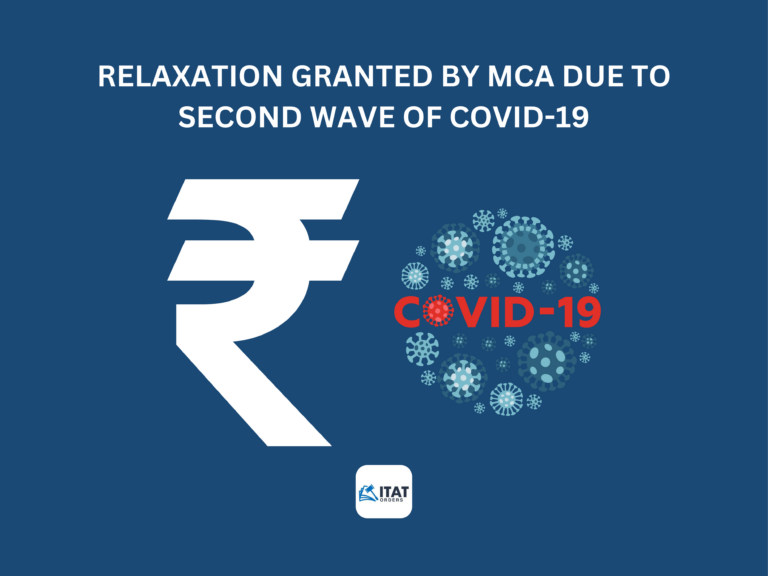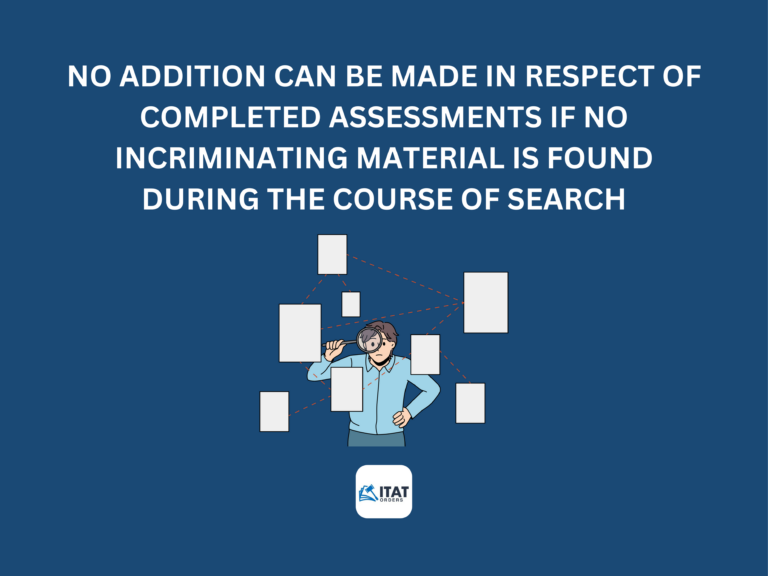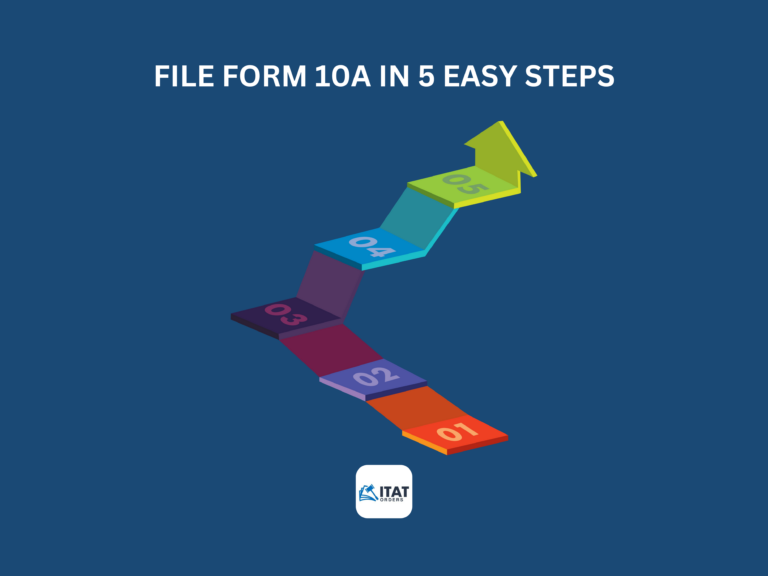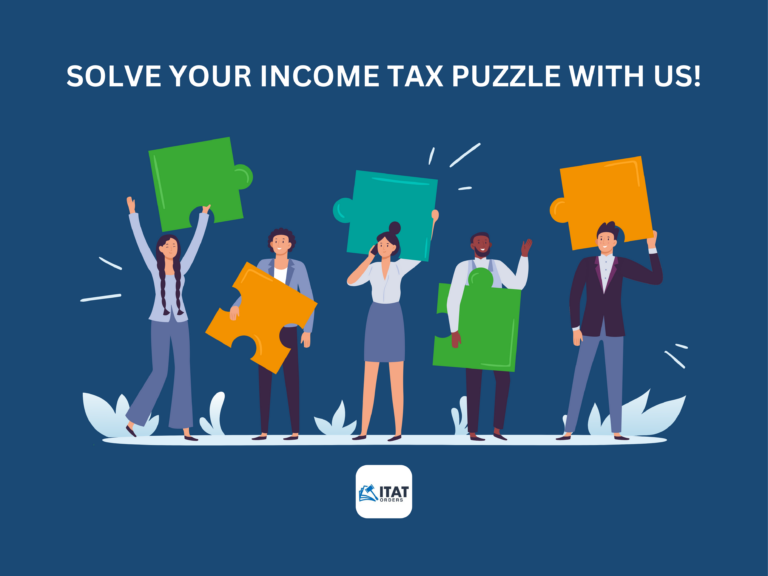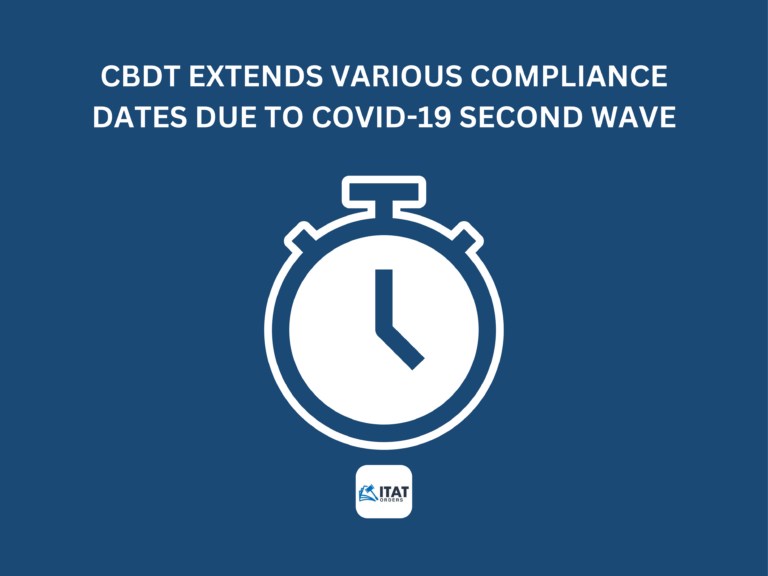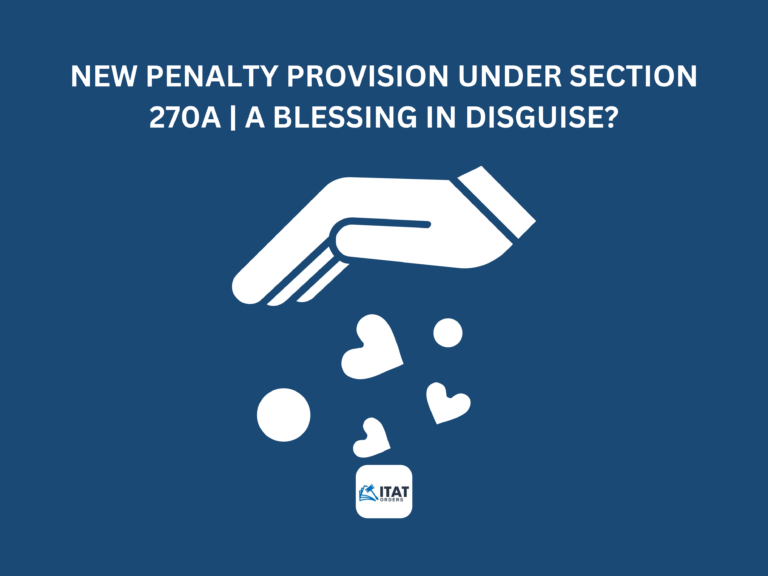Launched on 16th January 2016, the Startup India Initiative has rolled out several programs to support entrepreneurs, build a robust startup ecosystem, and transforming India into a country of job creators instead of job seekers.
These programs are managed by a dedicated Startup India Team, which reports to the Department for Industrial Policy and Promotion (DPIIT).
Startup India was set up to provide handholding support to startup ventures and streamline their incentive disbursals under the DPIIT.
The idea is to provide an enabling environment for startups to flourish and lure investments. The initiative commenced in April 2016, with the operationalization of the Startup India Hub, the online portal providing multiple offerings under Startup India and connecting aspirants to other vital ecosystem builders.
Also, the scope of definition was broadened to include scalable business models with a high potential of employment generation or wealth creation.
Additionally, the requirement of a letter of recommendation from an incubator/ industry association was also removed to avail benefits offered under the initiative.
Currently, there is at least one recognized startup in each of the States and UTs. The startups recognized until February 2020 span across 54 industrial sectors with a maximum number of startups registered under IT services and Healthcare & Life sciences followed by the education sector.
DPIIT-RECOGNISED STARTUPS ARE ELIGIBLE FOR THE FOLLOWING BENEFITS
- Intellectual Property Rights (IPR) benefits
- Relaxation in public procurements norms
- Self-certification under Labour & Environment laws
- Fund of Funds for Startups (FFS)
- Faster exit for Startups
- Seed Fund Scheme
DPIIT-RECOGNISED STARTUPS MAY APPLY TO IMB FOR THE FOLLOWING BENEFITS
Startups incorporated on or after 1st April 2016 can apply for income tax exemption. The Inter-Ministerial Board validates the innovative nature of the business for granting Income Tax Benefits and is constituted by representatives from DPIIT, DBT, and DST.
Income Tax exemption for 3 out of 10 years
The recognized startups that are granted an Inter-Ministerial Board Certificate are exempted from income tax for a period of 3 consecutive years out of 10 years since incorporation.
Exemption for the purpose of clause (VIIB) of sub-section (2) of section 56 of Income Tax Act,1961
A DPIIT recognized startup is eligible for exemption from the provisions of section 56(2)(viib) of the Income Tax Act. The Startup has to file a duly signed declaration in Form 2 to DPIIT {as per notification G.S.R. 127 (E)} to claim the exemption from the provisions of Section 56(2)(viib) of the Income Tax Act.
Best Resources with Startup India Registration Portal
Startup India provides free resources to startups to help them scale faster, better, and stronger. The Startups recognized under the scheme are offered various free resources of which some of them are mentioned here-
Pro Bono Services
$5.8M Worth of value benefits is offered. The Scheme has collaborated with leading corporates and startups and others to provide services of legal support, build an app, use cloud credits, cloud telephony services, and many more.
Blockchain-based Certificate Verification Platform
The Department for Promotion of Industry and Internal Trade (DPIIT) has launched a Blockchain-based Certificate Verification Platform to enable instant access and verification of the certificates issued to recognized startups through the Startup India Portal.
The platform can be utilized by Government Departments, PSUs, Banks, and Investors to verify the authenticity of the information submitted by startups.
Networking and Discussion
Members of the startup ecosystem – startups, investors, mentors, incubators, accelerators, and government bodies can connect on the online forum of the Startup India portal.
The platform provides the ecosystem members with the opportunity to discuss, express, and opine on the forum through discussion threads, blogs, and one-to-one messaging.
State’s Startup Policies
Startup India presents a list of 30 State Government policies that offer benefits to startups. Startups and entrepreneurs across these states can access the policy documents, website links, and contact details of the respective nodal agencies.
Tools and Templates
The Portal offers a wide range of templates ranging from lease agreements, employment contracts, deeds, NDAs, etc. freely available in multiple Indian languages that will allow the startups to focus on what is important to the business.
How RSA Consultants can help?
We are a team of experienced Chartered Accountants, Company Secretaries, and Business Consultants and have experience working with many Startups and understanding the needs of such an organization.
We will fill out the application and submit it on your behalf with DPIIT as well as Income Tax Department and will give you absolute clarity on the process to set realistic expectations. You may explore more at ITAT Orders.
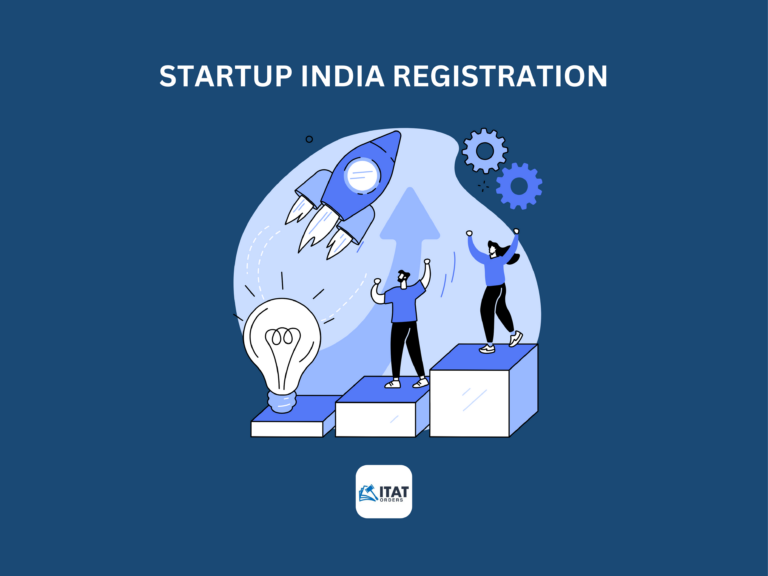
![CBDT extends various due dates to provide relief to taxpayers in view of COVID – 19: [Circular No. 9 of 2021 in F. No. 225/49/2021-ITA-II] CBDT extends various due dates to provide relief to taxpayers in view of COVID – 19: [Circular No. 9 of 2021 in F. No. 225/49/2021-ITA-II]](https://wp.counselvise.com/wp-content/uploads/2021/05/20240202_112921_0000-768x576.png)
